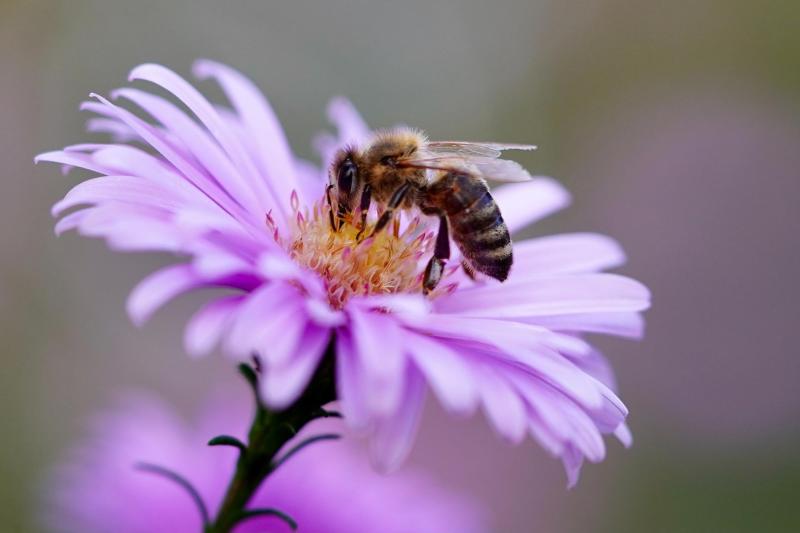
Each gardener decides how to handle pest problems that arise in their lawn or landscape. A variety of techniques can be used in most cases, including cultural, biological, mechanical, and chemical controls. But when deciding to use chemicals, gardeners should keep in mind that application of a herbicide, fungicide or insecticide is more effective if it's used in combination with cultural, biological or mechanical methods, and not rely on chemicals alone to create a healthy, vigorous landscape.
If the decision is made to use chemical controls, use and handle them carefully to protect human health, and limit pesticide applications, using chemicals as little as possible, to minimize their potential environmental impact. Fertilizers and pesticides applied to lawns and landscapes often run off the landscape during rainstorms, and end up in nearby creeks and streams where they affect plant and animal life. Carefully application, handling and storage are essential.
Pesticides are designed to kill weeds and insects, or control diseases, and as such they should be used, stored, and disposed of only as instructed on the container label. Always read and follow the directions on the container label before using the pesticide. Below are some additional tips to remember.
Match the Site and Product
Make sure that the product is labeled for the site where you plan to apply it. Some products list multiple sites where they can be applied, such as turfgrass, trees & shrubs, fruit trees, small fruits, or landscaping beds, but others limit product use to only one or two sites. For example, an insecticide labeled only for use on turfgrass, cannot be used in the vegetable garden. The label is the law, so do not apply products on sites where they are not labeled.
Protect the Bees
Do not spray an insecticide during the daytime on plants that are blooming, because it is likely you will kill pollinating insects such as honeybees. If blooming plants, such as tomato, cucumber or watermelon, must be sprayed wait until evening when bees have left the plants and returned to their hives.
Always use the least toxic product that will give good pest control. For example, Bacillus thurengiensis (BT), sold as Dipel or Thuricide, provides good control of moth caterpillars such as bagworms, cabbage loopers or tomato hornworm, but has little effect on other insects, disrupting the environment as little as possible.
Protect Yourself
Use all of the personal protective equipment the product label requires, such as long-sleeved shirt, long-legged plants, shoes, and chemical resistant gloves. Wash clothes separately from your family's laundry, in the hottest water possible, on the longest cycle.
Read and understand the product's guidelines on 1) restricted entry interval (REI), and 2) post harvest interval (PHI). Restricted entry interval indicates the time interval that must elapse between the last pesticide application and your reentry into the treated area. Post harvest interval is the time that must past between the last pesticide application and your next harvest of a fruit or vegetable crop. Pesticides are broken down by sunlight, heat, and microbial activity, so products cannot be harvested and held indoors during the post harvest interval. REI and PHI intervals vary with each product.
Use Good Application Techniques
Pest control depends to a great extent on how well you achieve thorough coverage of all plant parts - flowers, leaves, the undersides of leaves, and fruit. New label directions now give flexibility in the amount of water used to dilute pesticides. Using the highest amount of water you can often gives the best coverage. Spray plants until a noticeable amount of water begins to drip from the foliage. Shake the sprayer often while spraying so that the chemicals do not settle out.
Mix a fresh solution for each application, and do not save spray mixture for the next application. This is not only unsafe, but the pesticide loses its activity and can also damage the sprayer. Carefully calculate the amount of spray needed so that excess does not result, and use it up on the site for the easiest and safest method of disposal.
Apply fungicides and herbicides when there will be several days with no forecast for rain.
Pesticides should be stored in a safe location that is cool and dry. Liquids should not be stored where the temperature will drop below 32 degrees F. Dry, granular products can be stored for several years, as long as they are kept dry.